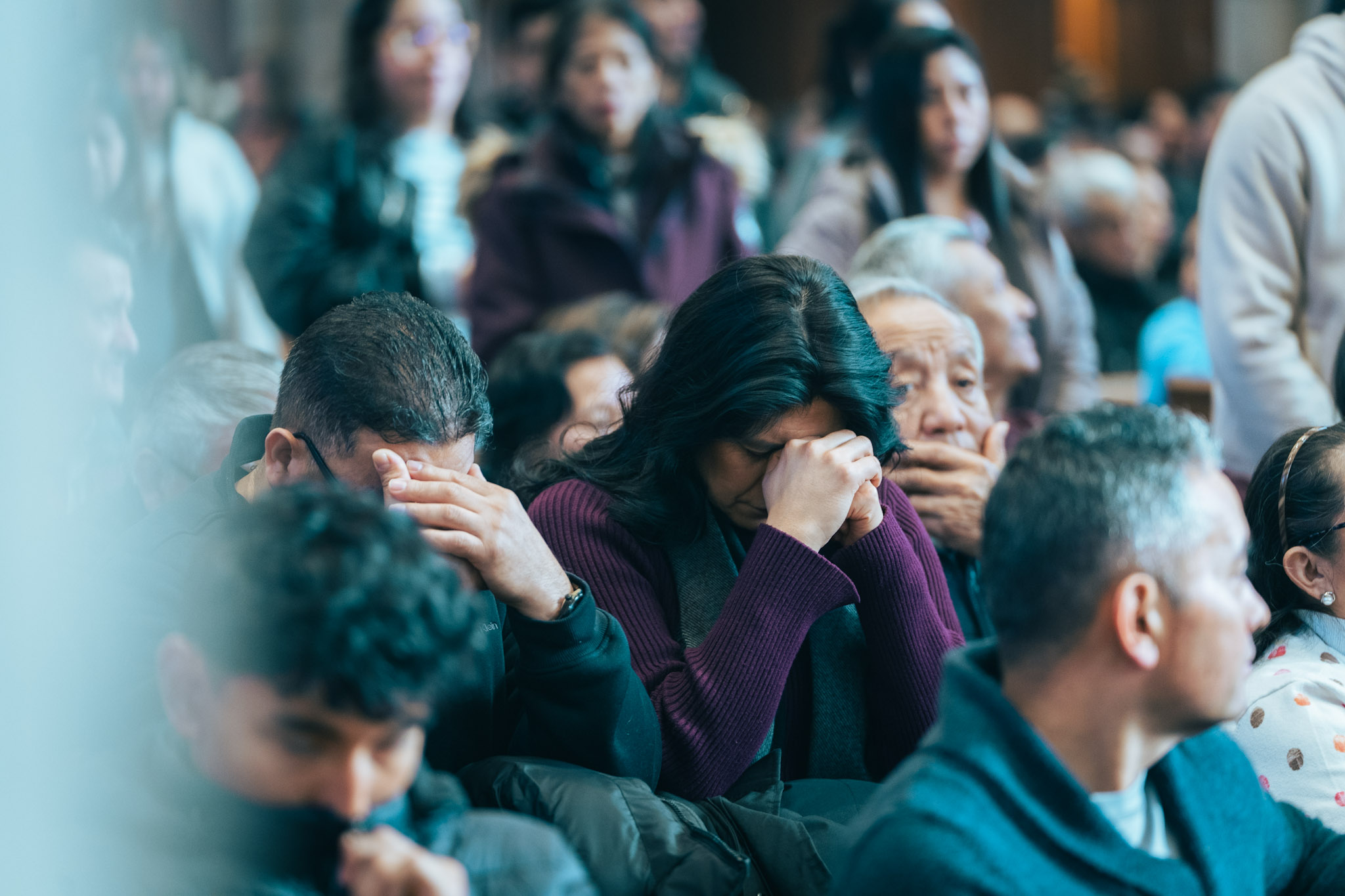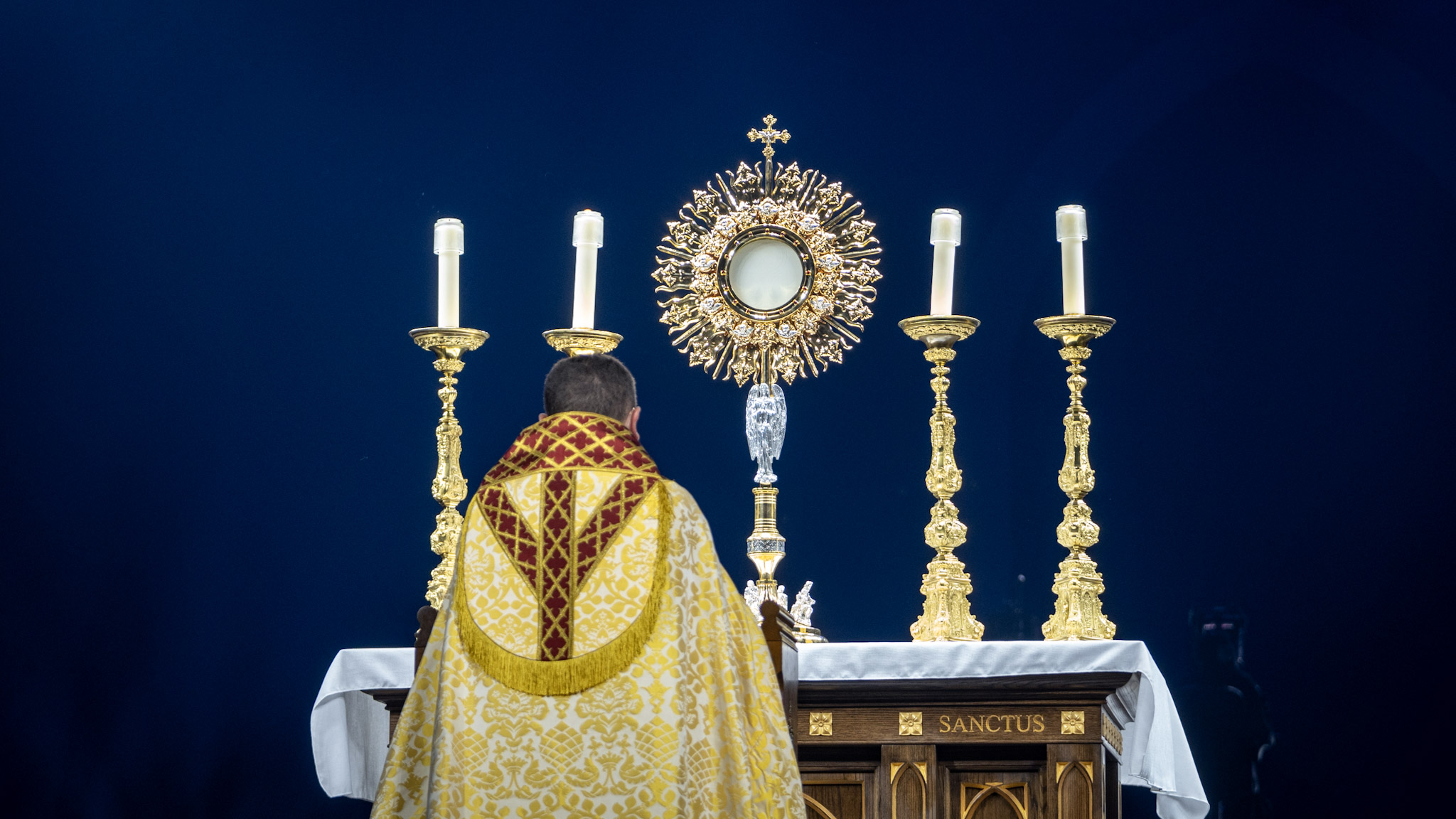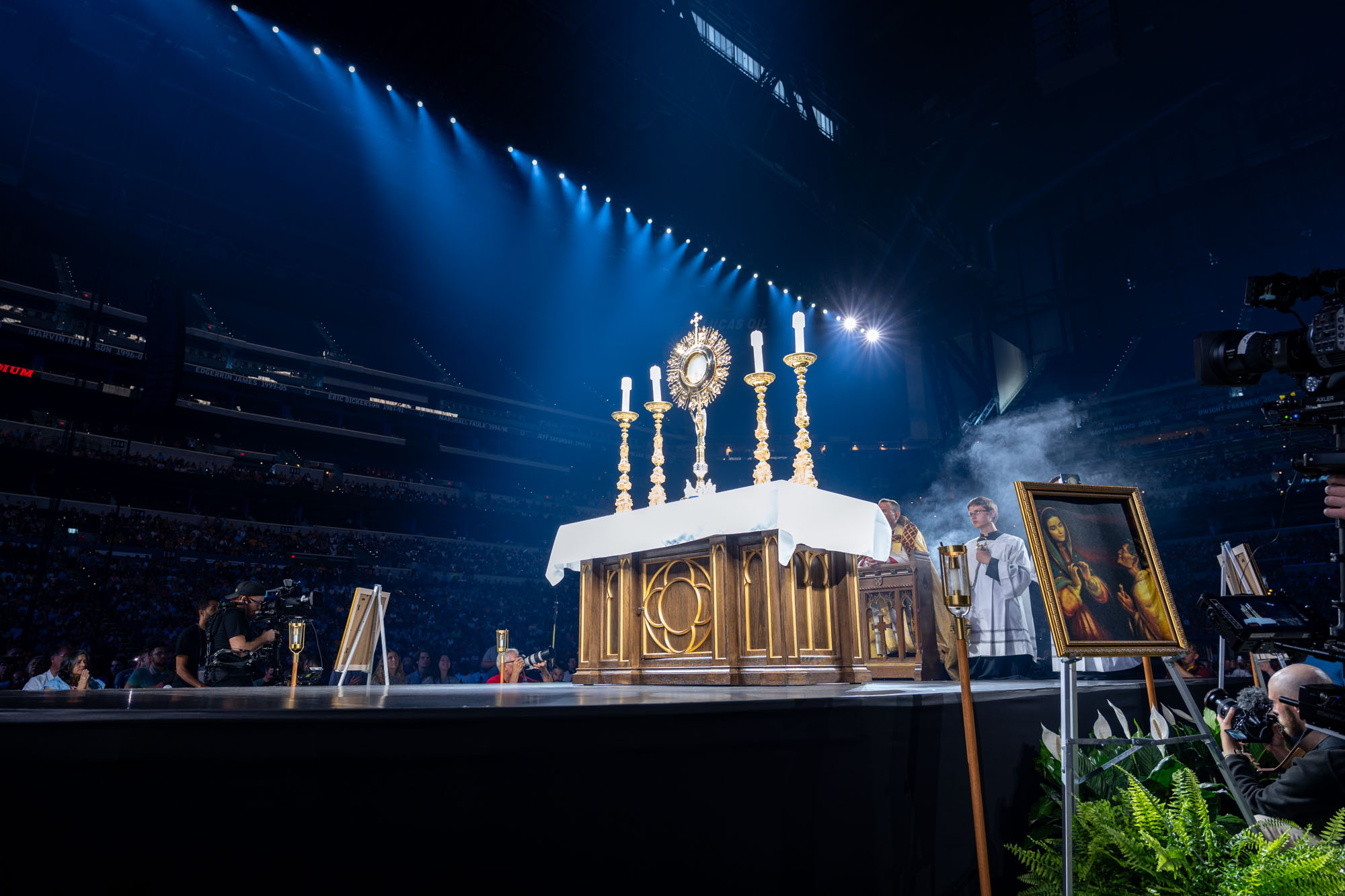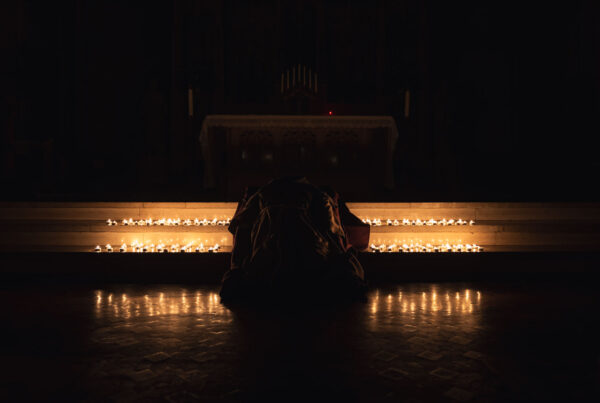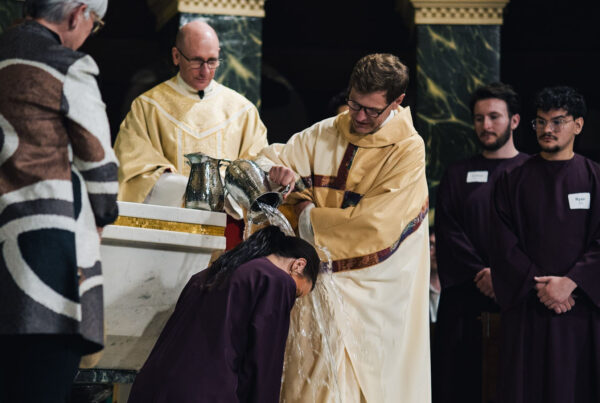Holy Days of Obligation: An Overview for Catholics in the USA
For Catholics around the world, Holy Days of Obligation hold significant spiritual and liturgical importance. These special days are set apart for the faithful to attend Mass, celebrate key events in the life of Jesus Christ, the Virgin Mary, and the saints, and deepen their faith. In this article, we will explore what Holy Days of Obligation are, their foundation in Canon Law, and the specific Holy Days observed by Catholics in the United States in 2025.
What Are the Holy Days of Obligation?
Holy Days of Obligation are specific feast days in the Catholic Church when the faithful are required to participate in the celebration of the Eucharist and refrain from unnecessary work. These days commemorate pivotal events in salvation history, the lives of Jesus and Mary, and the contributions of certain saints. They are an essential aspect of Catholic life, providing opportunities for spiritual renewal, communal worship, and reflection on God’s plan of redemption.
The obligation to attend Mass on these days derives from the Third Commandment (“Remember to keep holy the Lord’s Day”) and is codified in Canon Law. Canon 1247 states:
“On Sundays and other holy days of obligation, the faithful are obliged to participate in the Mass. They are also to abstain from those labors and business concerns which impede the worship to be rendered to God, the joy proper to the Lord’s Day, or the suitable relaxation of mind and body.”
The observance of Holy Days of Obligation underscores the importance of prioritizing God and faith in daily life, even amid secular distractions. Missing Mass on these days without a valid reason (such as illness or the care of infants) constitutes a grave sin, requiring sacramental confession.
What Are the 10 Holy Days of Obligation in Canon Law?
The universal Church, as outlined in Canon 1246 of the Code of Canon Law, recognizes ten Holy Days of Obligation. These are:
- Solemnity of Mary, Mother of God (January 1) – Celebrating Mary’s divine motherhood and her role in salvation history.
- Epiphany (January 6) – Commemorating the revelation of Christ to the Gentiles, symbolized by the Magi.
- Solemnity of Saint Joseph (March 19) – Honoring Saint Joseph, the foster father of Jesus and patron of the universal Church.
- Ascension of the Lord (40 days after Easter) – Marking Christ’s ascension into heaven.
- Solemnity of the Body and Blood of Christ (Corpus Christi) – Celebrating the Real Presence of Christ in the Eucharist.
- Solemnity of Saints Peter and Paul (June 29) – Honoring the martyrdom and contributions of these two foundational apostles.
- Assumption of the Blessed Virgin Mary (August 15) – Celebrating Mary’s bodily assumption into heaven.
- All Saints’ Day (November 1) – Remembering all the saints, known and unknown.
- Immaculate Conception of the Blessed Virgin Mary (December 8) – Celebrating Mary’s preservation from original sin.
- Nativity of the Lord (Christmas, December 25) – Commemorating the birth of Jesus Christ.
While these ten days are prescribed universally, each bishops’ conference can determine which of these days are observed as obligations in their respective regions, subject to approval by the Holy See.
Would you like to stay close to the Holy Eucharist all day long?
Now you can, I have 8 Holy Eucharist Wallpapers for you, so you can stay connected with Jesus Christ anywhere you are!
Holy Days of Obligation in the United States
In the United States, the United States Conference of Catholic Bishops (USCCB) has designated six Holy Days of Obligation, in addition to Sundays. These include:
- Solemnity of Mary, Mother of God (January 1)
- Ascension of the Lord – Observed on the Thursday of the sixth week of Easter or transferred to the following Sunday in most dioceses.
- Assumption of the Blessed Virgin Mary (August 15)
- All Saints’ Day (November 1)
- Immaculate Conception of the Blessed Virgin Mary (December 8)
- Nativity of the Lord (Christmas, December 25)
The USCCB has also established certain norms for Holy Days of Obligation. For example, when the Solemnity of Mary, the Assumption, or All Saints’ Day falls on a Saturday or Monday, the obligation to attend Mass is abrogated (lifted).
Holy Days of Obligation in 2025
Here is a breakdown of the Holy Days of Obligation in the United States for the year 2025:
- Solemnity of Mary, Mother of God
- Date: Wednesday, January 1, 2025
- Obligation: Mass attendance required.
- Ascension of the Lord
- Date: Thursday, May 29, 2025 (or Sunday, June 1, depending on the diocese)
- Obligation: Check local diocesan guidelines for observance.
- Assumption of the Blessed Virgin Mary
- Date: Friday, August 15, 2025
- Obligation: Mass attendance required.
- All Saints’ Day
- Date: Saturday, November 1, 2025
- Obligation: Mass attendance required.
- Immaculate Conception of the Blessed Virgin Mary
- Date: Monday, December 8, 2025
- Obligation: Mass attendance required, as this is the patronal feast of the United States.
- Nativity of the Lord (Christmas)
- Date: Thursday, December 25, 2025
- Obligation: Mass attendance required.
The faithful are encouraged to consult their parish or diocesan website for specific details, especially regarding the observance of the Ascension, which varies by location.
Living Out the Holy Days of Obligation
Holy Days of Obligation provide an opportunity for Catholics to step away from their daily routines and immerse themselves in the mysteries of faith. Here are some ways to make the most of these sacred days:
- Attend Mass: Participating in the Eucharist is the central way to fulfill the obligation and draw closer to God.
- Engage in Prayer: Spend time in personal prayer, reflecting on the significance of the day’s feast and its impact on your faith journey.
- Celebrate as a Family: Use these occasions to teach children about the faith, share stories of saints, or participate in traditions related to the feast day.
- Perform Acts of Charity: Consider extending the grace of the day by helping those in need, volunteering, or performing works of mercy.
- Foster Community: Join parish activities, such as special liturgies, processions, or social gatherings, to celebrate with your faith community.
Summary
Holy Days of Obligation are a cornerstone of Catholic life, offering a structured way to honor God, deepen one’s faith, and celebrate the Church’s rich liturgical heritage. For Catholics in the United States, understanding and observing these days fosters a deeper connection with God and the Church. As we look ahead to 2025, let us embrace these sacred days with joy, devotion, and a renewed commitment to living out our faith in everyday life.

